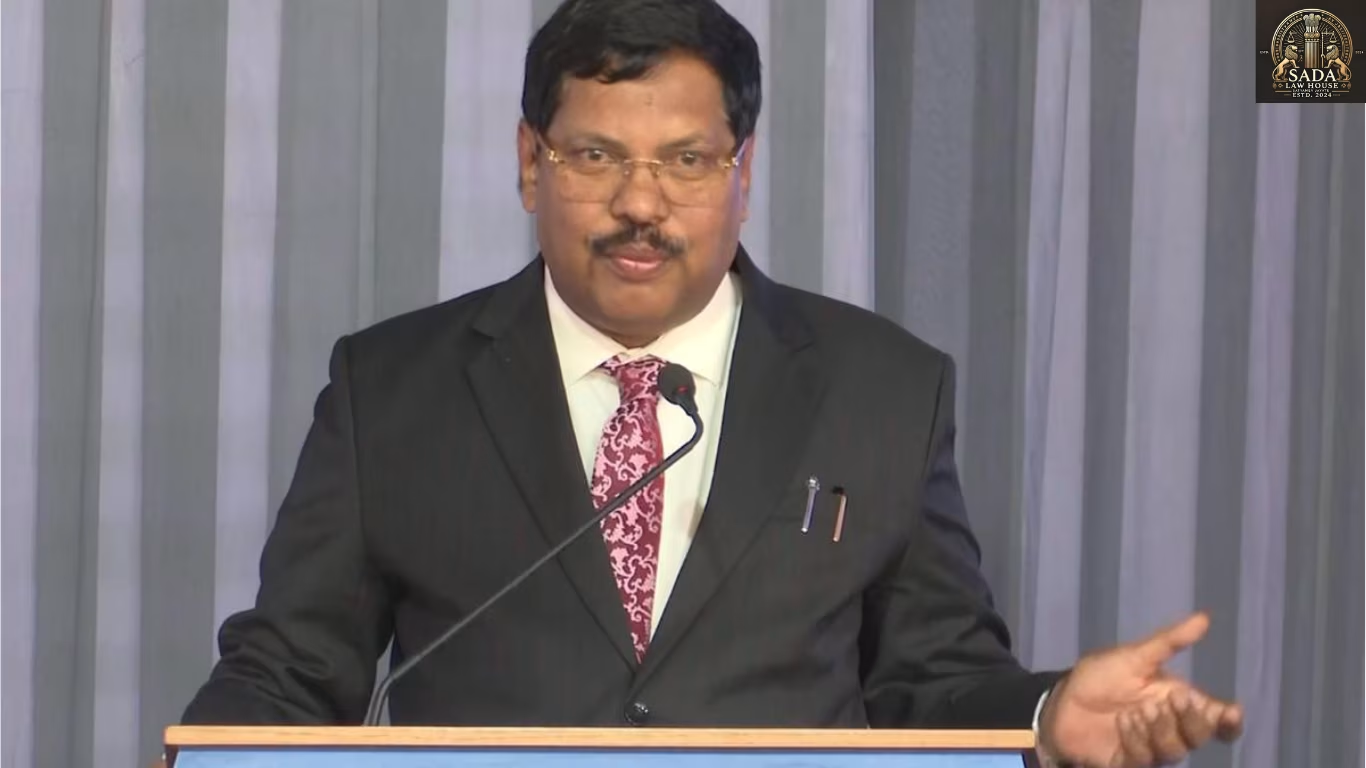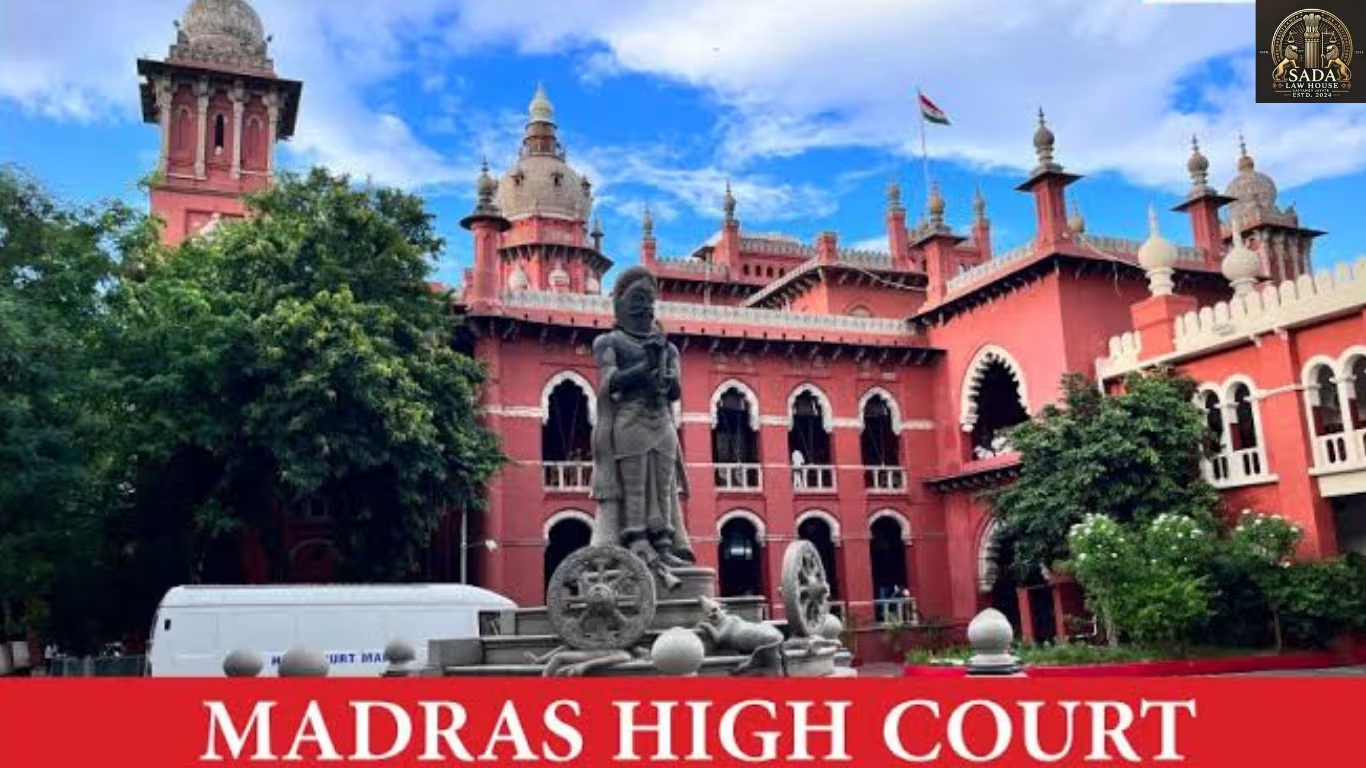Supreme Court Directs Policy Reform in Mining Royalty: Kirloskar Ferrous Industries Ltd. v. Union of India Explained
- MAHI SINHA
- 18 Apr 2025

Supreme Court of India Pushes for Clarity in Royalty Calculation: Kirloskar Ferrous Industries Ltd. v. Union of India
Explore the key takeaways from the Supreme Court’s recent ruling in Kirloskar Ferrous Industries Ltd. v. Union of India, addressing royalty calculation anomalies under MCR 2016 and MCDR 2017. Learn how this case may reshape mineral royalty norms in India.
Introduction: A Landmark Case in Mining Royalty Disputes
In a significant ruling, the Supreme Court of India addressed long-standing concerns about the calculation of mining royalties under two central laws—MCR, 2016 and MCDR, 2017. The case, Kirloskar Ferrous Industries Limited v. Union of India (W.P. (C) No. 715 of 2024), raised critical questions about the “royalty on royalty” effect and its impact on the average sale price of minerals.
Background: The Legal Challenge
The petitioner, Kirloskar Ferrous Industries Ltd., challenged the legality and fairness of the methodology used for estimating royalties. The challenge centered on:
Rule 38 (Explanation) of the Mineral (Other than Atomic and Hydrocarbons Energy Minerals) Concession Rules, 2016
Rule 45 of the Mineral Conservation and Development Rules, 2017
The main contention was the cascading effect of applying royalty on previously taxed royalties, which distorted the calculation of ASP and increased the financial burden on mining companies.
Supreme Court’s Observations: Royalty Calculation Is a Policy Matter
The Supreme Court bench, comprising Justice J. B. Pardiwala and Justice R. Mahadevan (not available on Wikipedia), acknowledged the existence of an anomaly in the current royalty framework. However, the Court reiterated that:
Policy formulation—especially in technical and economic matters like royalty—is the sole domain of the executive branch.
Courts will not interfere with such decisions unless they are arbitrary, unconstitutional, or made in bad faith.
Key Directives and Timelines
Despite dismissing the petition, the Court issued clear directives to the Union Government:
Initial Order:
The Union was given two months to review the royalty calculation process and address the cascading effect.
Extension Granted:
Following a request for more time, the Court granted an additional two-month extension, considering the ongoing public consultation process.
Rejection and Resistance:
The proposed amendments were reportedly rejected by the Ministry of Finance (India) and mineral-rich states of India, further delaying progress.
Final Warning:
In light of continued delays, the Court recently issued a final warning, directing the Cabinet Secretariat of India to draft a new proposal within four weeks and submit it to the Union Cabinet.
The Court emphasized that appropriate action would follow if the Secretariat failed to comply.
Why This Case Matters
This ruling is a critical development in India’s mining sector, as it:
Recognizes the financial impact of flawed royalty mechanisms
Pushes for transparent and fair mineral pricing
Upholds the principle of executive accountability in policy enforcement
The outcome of this directive could have far-reaching consequences for mining companies in India, affecting both regulatory frameworks and investor confidence.
Conclusion: A Call for Policy Reform in Mining Royalties
While the Supreme Court has reaffirmed the executive’s authority over royalty rules, it has also underscored the need for responsible policy action. The ball is now in the Union Government’s court to address systemic issues in royalty computation and ensure a balanced, industry-friendly framework going forward.






